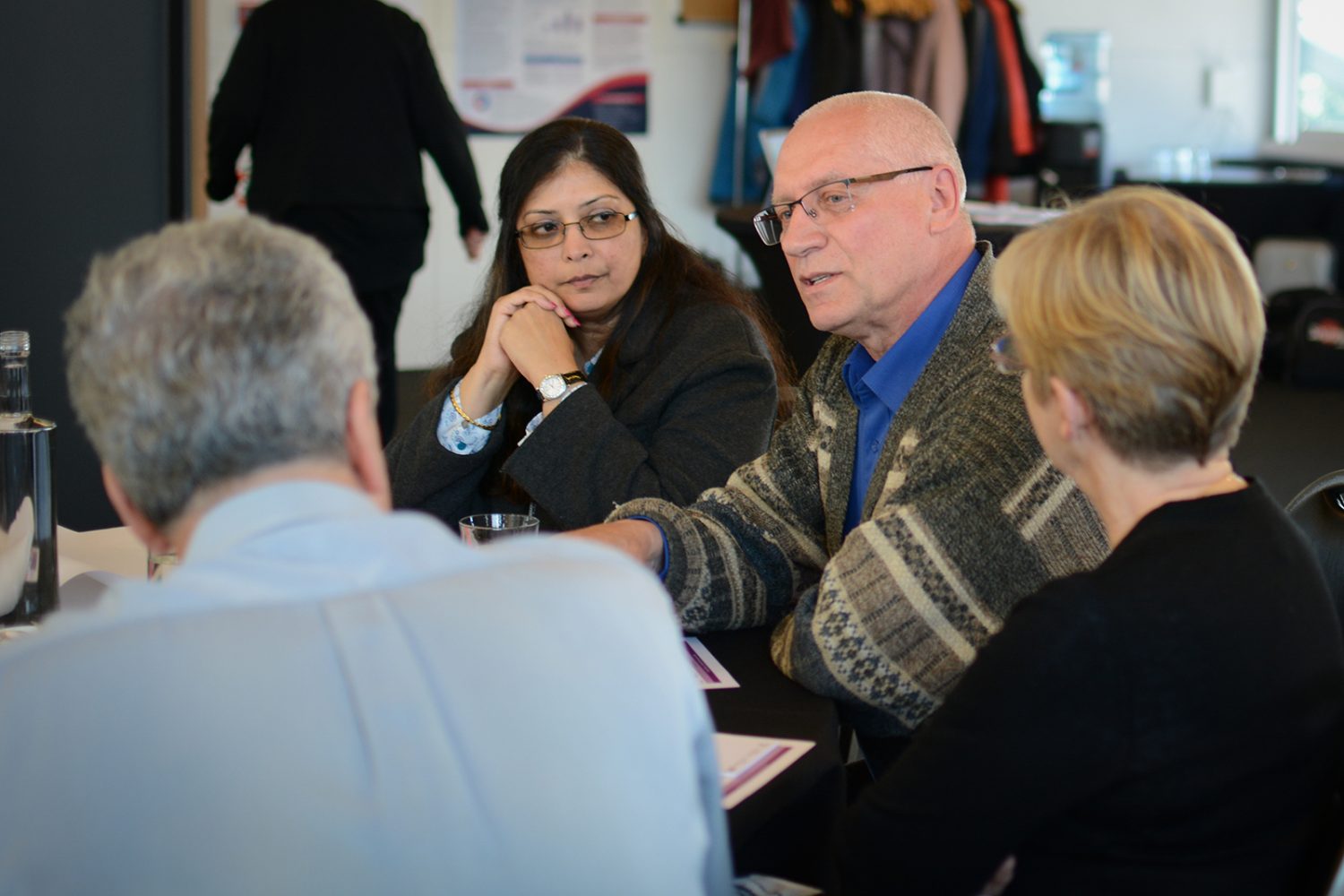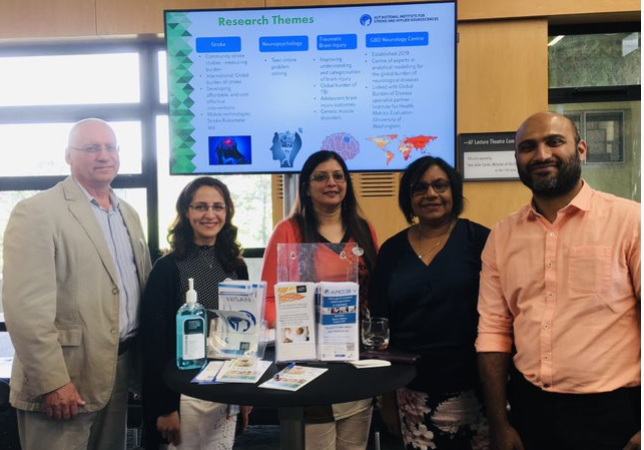The tragedy of strokes is that they are always devastating but rarely inevitable. Indeed, in recent years, researchers have discovered that many, if not most, strokes are preventable with a combination of medication and lifestyle changes.
Yet, unfortunately, despite being avoidable in most cases, stroke and cardiovascular disease (CVD) remain a major cause of death and disability worldwide. And the situation is only getting worse: if it maintains its current trajectory, stroke is predicted to become the leading cause of death and disability globally.
New Zealand has not been spared. Around 9,000 people suffer strokes annually, with almost a third of victims dying within a year. Tens of thousands of survivors often need round-the-clock support and rehabilitation as a result). And we compare poorly with our neighbours across the Tasman. Recent studies have shown that, on average, per 100,000 people, 119 Kiwis suffer strokes compared with 76 Australians.
So how did we get here?
Part of this situation may be explained by the fact that public awareness about stroke is low, particularly in lower socioeconomic and minority communities. Our demographics are also not working in our favour. Although a stroke can occur at any age (and, troublingly, they are increasingly affecting younger people) a disproportionate number of them occur in older adults and Māori and Pacific people.
Such statistics do not bode well for a nation with a booming ageing population. Researchers have shown that up to 80% of strokes are preventable. With lifestyle changes (such as healthier eating and getting more exercise), medication where appropriate, and a reduction in risk factors such as high blood-pressure, every New Zealander could dramatically lessen their chance of having a stroke.
Though strokes are preventable, the number of people suffering the disease — the ‘burden’ of stroke — has skyrocketed since the beginning of the twenty-first century. As a result, scientists and physicians are now in a race against time to stop a looming ‘stroke tsunami’.
Though strokes are preventable, the number of people suffering the disease has skyrocketed since the beginning of the twenty-first century. As a result, scientists and physicians are now in a race against time to stop a looming ‘stroke tsunami’.
Ageing Well Principal Investigator, Professor Valery Feigin, of Auckland University of Technology, believes there needs to be a sea change in how countries engage in stroke prevention. A recipient of the Royal Society of New Zealand’s prestigious MacDiarmid Medal, Professor Feigin developed a ground-breaking app, Stroke Riskometer™, which allows anyone to assess their risk of stroke, and provides them advice to reduce that risk. The app is free, easy to use, and was voted the best health app in the world for 2015. The app is also a unique window into how Professor Feigin would like us to think about stroke prevention.
The current management of stroke risk “has not been sufficiently effective”, Professor Feigin explains, “as the focus at present is on high-risk prevention, which aims to identify those most at risk of stroke, yet the most acute cardiovascular disease events occur in people with low to moderate risk.” Those who fall into this category were basically given a faulty reassurance of a low risk that did not motivate them to control their risk factors, and the treatment preventative strategies were largely reserved for those deemed high risk.
For this reason and others, Professor Feigin and colleagues have been advocating that stroke prevention should be occurring at all levels of risk — what is known as “population-wide” prevention strategies. This approach focuses on seeking to identify and reverse stroke risk in all people before it is too late. The strategy relies on a psychological approach – spread the word about stroke, find those at risk, and encourage behavioural changes that prevent stroke. But there is a problem.
Motivation
Making lifestyle changes like switching to a healthy diet, stopping smoking, and getting regular exercise are often difficult to sustain. Professor Feigin notes that sticking to the “recommended medications” to reduce blood pressure and adopting “healthy lifestyle” changes “seem the main obstacle to effective CVD prevention”. And yet, making these critical behavioural changes and sustaining them could be the single greatest way to power our way to stroke prevention.
This is why Professor Feigin’s Ageing Well research focused on Health and Wellness Coaching. The coaching is a new, patient-centred strategy aimed at motivating participants to stick to their recommended medical and lifestyle changes to prevent stroke or CVD. In overseas studies, Health and Wellness Coaching has demonstrated its effectiveness for non-stroke and non-cardiovascular disease prevention.
However, could the results be replicated for stroke and other cardiovascular diseases in a diverse nation like New Zealand? Professor Feigin and his team wanted to find out.
Health and Wellness Coaching may be a practical, motivational and cost-effective way to reduce CVD and stroke risk, especially in people at moderate to high risk.
About the research
The team embarked on a preliminary scientific trial. Over 300 Māori, Pacific, European, and Asian participants provided an ethnically diverse sample for the investigation. All participants had an elevated 5-year risk of CVD that was greater than 10% above normal. Split into two groups, the participants were either placed in a ‘usual care’ group (known as a ‘control group’) or the Health and Wellness Coaching group. For those in the latter, trained coaches provided fifteen coaching sessions that took place both in person and over the phone for six weeks.
After measuring participants’ stroke risk and various risk factors at the outset of the investigation, the plan was to see if risk factors reduced following completion of the coaching programme (at 3, 6, 9, and 12 months post-intervention respectively).
Coaching to help people manage their health
Health and Wellness Coaching is about giving people the ability and confidence to take control of their own healthcare. “It strives to encourage and motivate people to improve their self-management of their health and wellbeing,” Associate Professor Rita Krishnamurthi, co-investigator on this project, explained. “It is very much client-centred”.
Coaches, all trained using the gold standard International Coaching Federation’s Core Competencies, aimed to assist participants to increase their ‘self-awareness’ and feel ‘empowered’ to set goals and reach their targets. For some participants this meant simply becoming more aware of the risks and taking small, steady steps towards improving their health; others joined a gym or started going to the marae; and others changed their diets.
The results were mixed but promising. Although overall stroke risk was not statistically significantly reduced as a result of Health and Wellness Coaching, it did show a trend towards reducing and —crucially — improving overall cardiovascular health risk factors, including blood pressure, which is the biggest single cause of strokes. Essentially, if we can reduce the nation’s high blood pressure and improve cardiovascular health we would be well on our way to meaningful stroke and cardiovascular prevention.
Potentially, then, Health and Wellness Coaching may be a practical, motivational and cost-effective way to reduce CVD and stroke risk, especially in people at moderate to high risk. Based upon this project, Associate Professor Krishnamurthi was awarded a further grant co-funded by Ageing Well and Brain Research New Zealand to continue with this investigation, as it is now important to see how the participants in the study track over a longer period of time (3 years).
Initial evidence suggests that the benefits of the coaching are sustained over the long term and, even at this early stage, may lead to a 4-8% reduction in strokes, which equates to a reduction of 300-500 cases a year nationally.
Conclusion
Such a reduction is not only good news for those who avoid stroke, but the economic benefits to the healthcare system arguably make it more palatable than any current alternative. Given the fight we are in against a rampant, ascendant disease such Health and Wellness Coaching may well provide our most promising stroke prevention strategy yet.

